Our evolving semantics=driven data resource, named NanoMine, is an open access, user friendly, living, growing, data resource for the polymer nanocomposites community that is scalable and enables improved understanding of processing – structure - property relationships and thus facilitates faster nanocomposite design and insertion into advanced applications. By bringing together the data that is scattered throughout the public literature and private files and creating a protocol for recording and tagging data, this resource is an unprecedented compilation of information that is accessible. Tools within the resource allow users to visualize complex data, analyze images from their work, and design new polymer nanocomposites materials.
For NanoMine to realize broad community acceptance and address scientific questions at the forefront of technology, it marries cutting edge cyber infrastructure with a robust set of data and tools. It includes:
- A robust ontology for polymer nanocomposites that support organization, integration, mining, and analysis services. The ontology also supports an interface enabling smart browsing, discovery, and ingest of data and metadata. Since the ingest tools will utilize the ontology, the ingested data has consistent usage of terminology.
- A set of standards that provides quality metrics for the data.
- Tools for quantitative image analysis, microstructure reconstruction, knowledge discovery, and materials design recommendation.
- Integration with visualization resources (e.g., D3, Cytoscape) to visualize and compare cross-sections of data.
This resource enables new scientific discovery, through the development of a growing user community with unprecedented access to data and tools. The suite of data, ontologies, and tools available to the public with the ability to design tailored functional composite materials supports innovations in applications such as energy storage and health care. NanoMine serves as a prototype cyberinfrastructure that can be used for other complex systems. Finally, educational components are available for usage within undergraduate and graduate communities via cluster programs at our institutions, undergraduate research opportunities, web based instructional modules and workshops.
View publications
